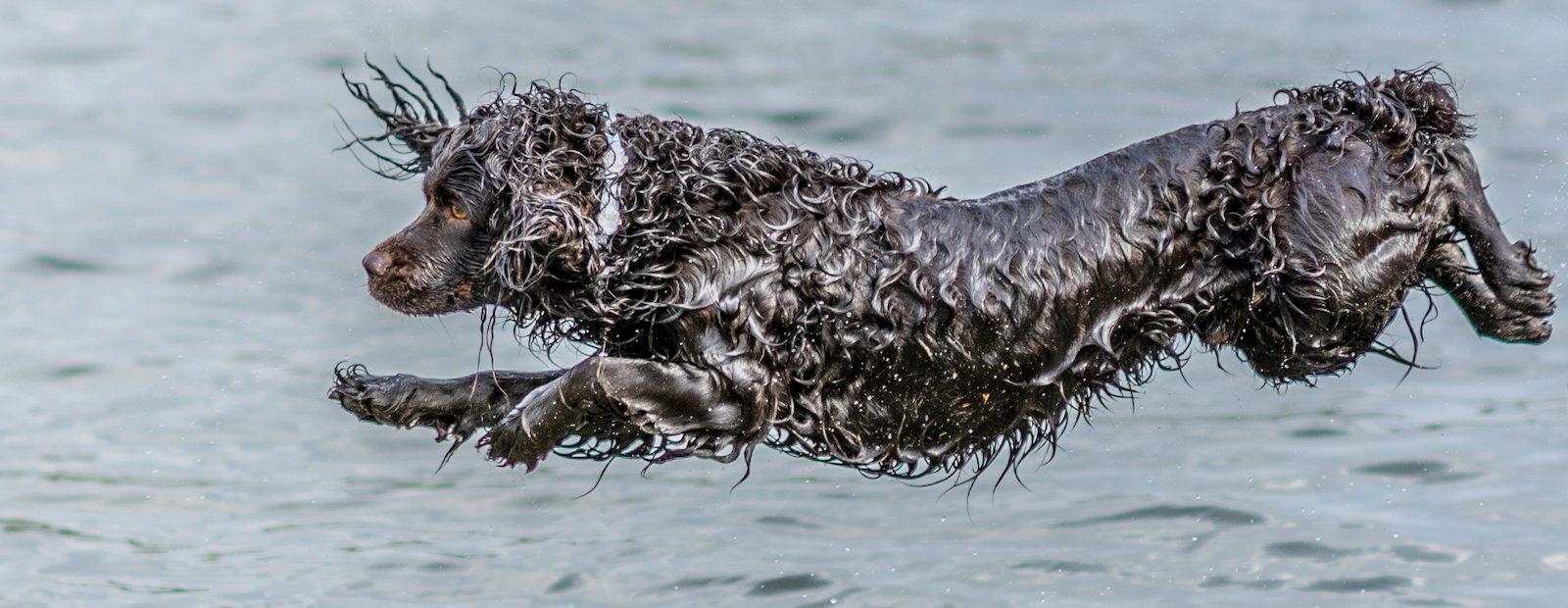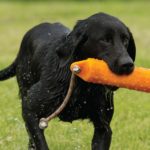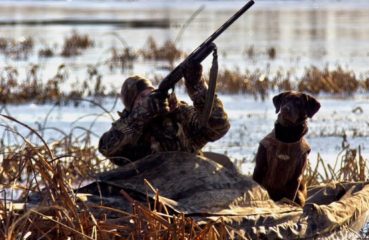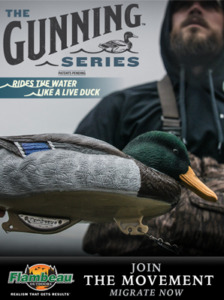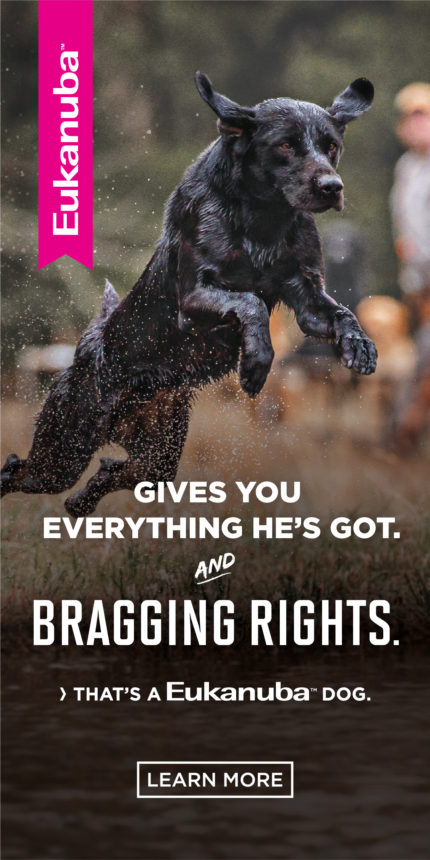Exploring Two Spaniel Breeds Specifically Intended for Waterfowl Hunting from Small Boats
Richard Wolters, one of the original retriever training gurus, emphasized “first and foremost” establishing control through firm sit, stay, and come commands which he called the “basis of the whole game.” Duck hunters Nick Racioppi and Jason Carter (who is now a pro trainer) became believers years ago when Jason’s brawny German shorthair, Berkley, proved control and size have major impact in small boat waterfowling.
“Berk is great in the canoe! No worries,” Jason recalls reassuring Nick. “Then I found out that you can actually swim with a shotgun in your hand: Berkley launched from the gunwale of the canoe, back feet landing with precision on the rails. We did one of those slow rolls with both of us jumping out just prior to flipping. I stayed with the canoe. Nick stroked and flailed his way back to shore with his gun in tow.”
Even with solid steadiness and good blind manners, some dogs are just too big for small boats. Try hauling a soaking wet 75 pound Lab into a jon boat on open water and you may rethink your choice of breed or choice of watercraft. Needless to say, small boats and small dogs go together like hungry mergansers and a tasty school of fish. While there are many smaller breeds that retrieve well out of small boats, it is worth noting that two American spaniel breeds were specifically created for small boat duck hunting – pure breeds for a precise purpose.
The Boykin spaniel and the American water spaniel are compact gun dogs intentionally developed to work out of small boats for sport and market hunting, respectively. With a nod of tribute to their states of origin, the American water spaniel has been named the state dog of Wisconsin and the Boykin the state dog of South Carolina. Nice and neat as those facts may be, some diehard breed analysts – and American water spaniel devotees mostly – claim Dumpy, founder of the Boykin line, was an American water spaniel inadvertently shipped south, thus muddying the waters of breed history.
American Water Spaniels
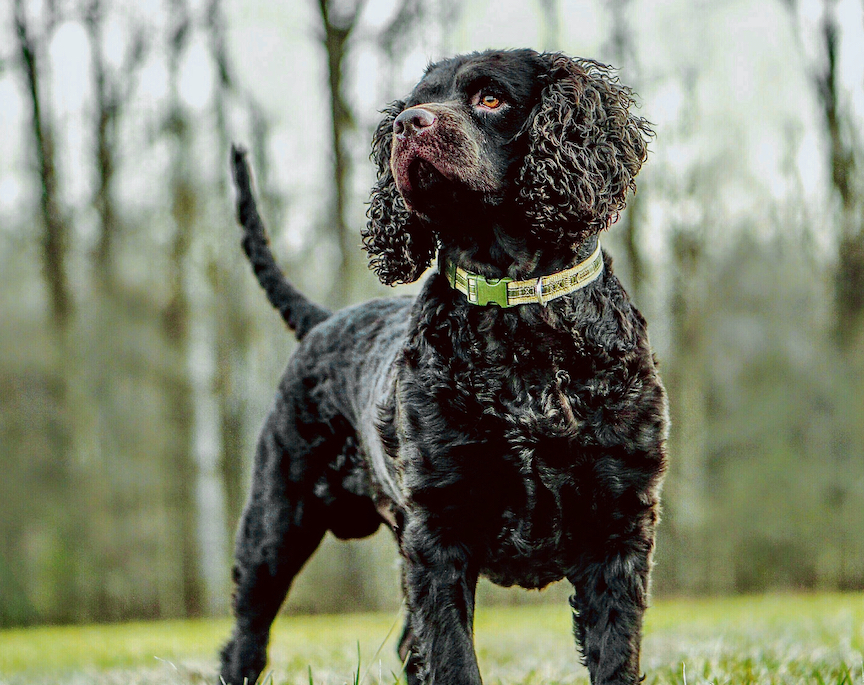
The American water spaniel, also known as the “American brown spaniel,” indeed came first. The breed was developed in the late 1800s in the Fox and Wolf River valleys of Wisconsin, subsequently serving market hunters harvesting waterfowl out of skiffs in the Great Lakes region. Female American water spaniels weigh 25 – 40 pounds; males weigh 30 – 45 pounds. They should stand no taller than 18 inches and have a dense tightly curled or wavy (“marcel”) coat providing water resistance and warmth. Strong water drive, thick pads and substantial webbing make them great swimmers, although they do just fine retrieving upland game on land as well.
American water spaniels are often a bit late maturing and are considered to have a strong-willed personality, needing a cautiously firm approach in training. Although the word “stubborn” seems to pop up in most conversations about American water spaniels, they always get high marks for their early love of water. They also have the benefit of never becoming popular as show dogs, so the lines available have retained strong hunting characteristics.
Boykin Spaniels
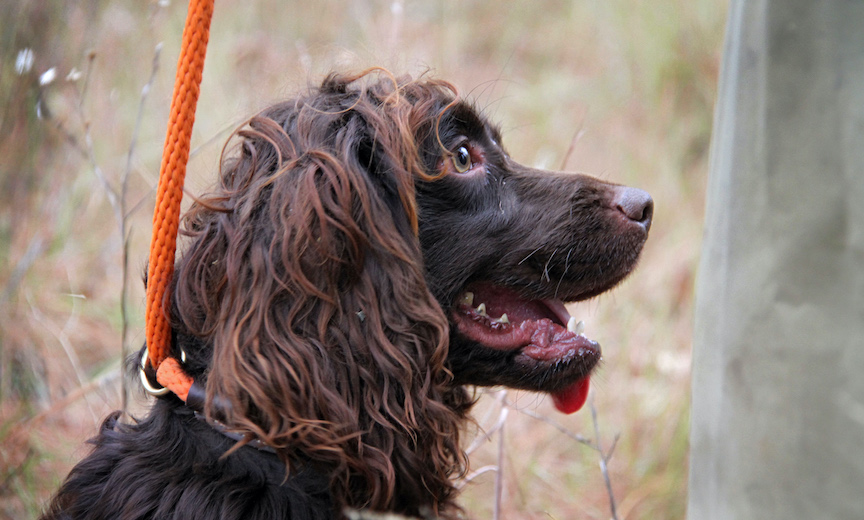
Boykin spaniels, nicknamed “swamp poodles,” have a colorful backstory starting with a stray spaniel found by banker Alexander White in Spartanburg in the early 1900s. White adopted and named “Dumpy” then passed him to his hunting partner, Whit Boykin. Boykin bred Dumpy to a small curly coated female named Singo, then outcrossed the lines with springers, Chessies, American water spaniels, Brittanies and cockers. The Boykin’s popularity as a waterfowl retriever grew quickly from its roots on the Wateree River, primarily due to its retrieving talent and compact size. South Carolina river hunters preferred sectional boats that literally could be transported in sections via wagons right to the river’s edge, making access much easier than with larger craft. The sectional boats’ disadvantage, however, was limited interior space for hunters, guns, decoys, and dog. Thus the little Boykin that could tuck into a small boat yet retrieve with enthusiasm and determination solved the space problem.
Boykin males should weigh 30 – 40 pounds; females should weigh 25 – 35 pounds. Like the American water spaniel, they should be no more than 18 inches high. Their coats can vary from flat to moderately curly in a solid color from reddish brown to dark chocolate. Thick wavy feathering on their ears give the Boykin its trademark look.
Because of their small size, Boykins generally don’t handle large geese or rough water well. Nonetheless, their innate water drive, exuberance, and tenacity make them relentless duck retrievers. Their temperament is a balance between an endearing desire to please and an almost clownish sense of fun. Boykins are on the rise as go-to upland dogs, particularly in warm quail climates. For field work, some breeders recommend training retrieving first which creates discipline that will help in the subsequent field search and flushing training.
Last modified: May 22, 2020


